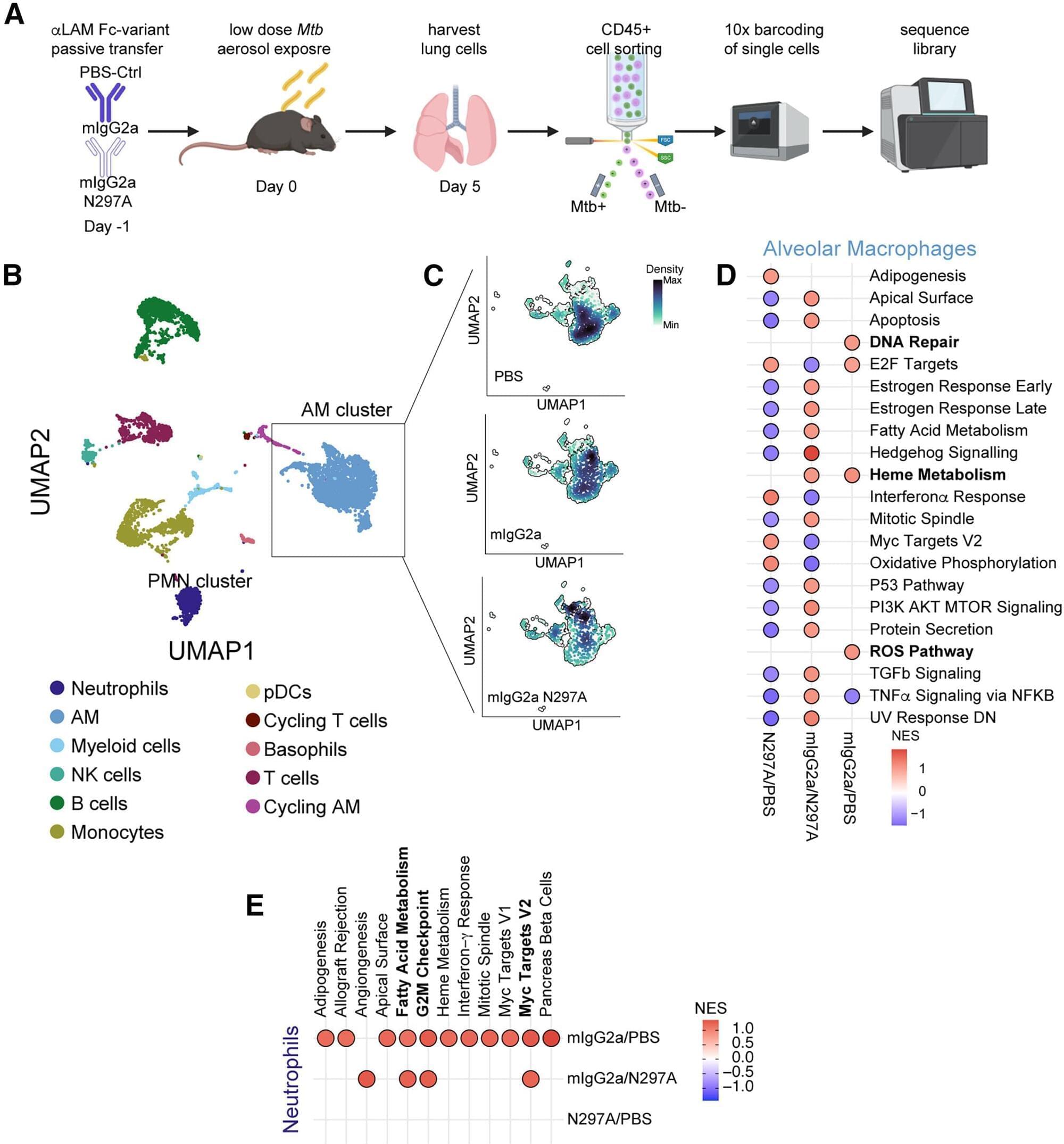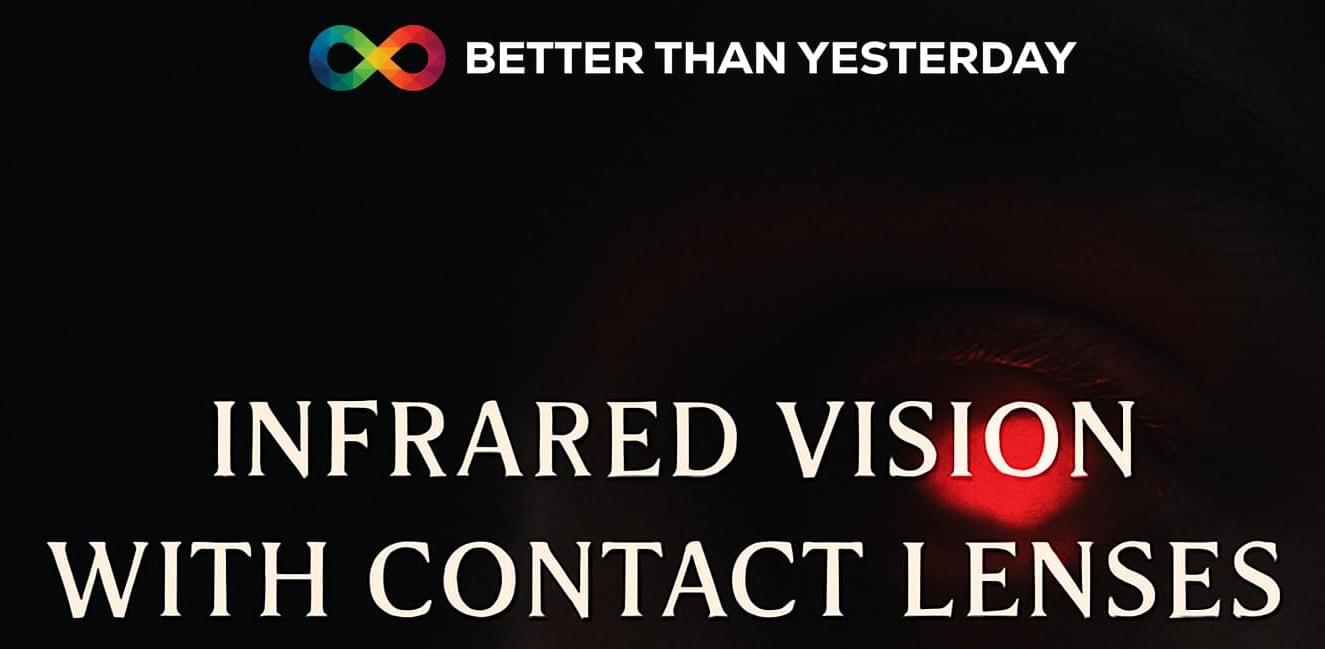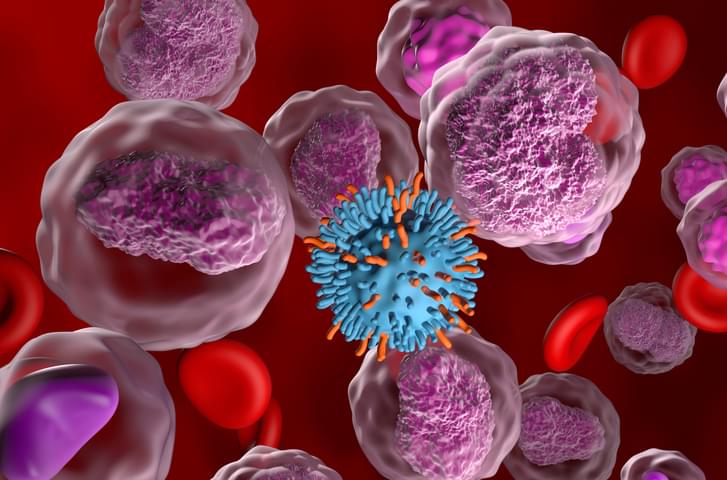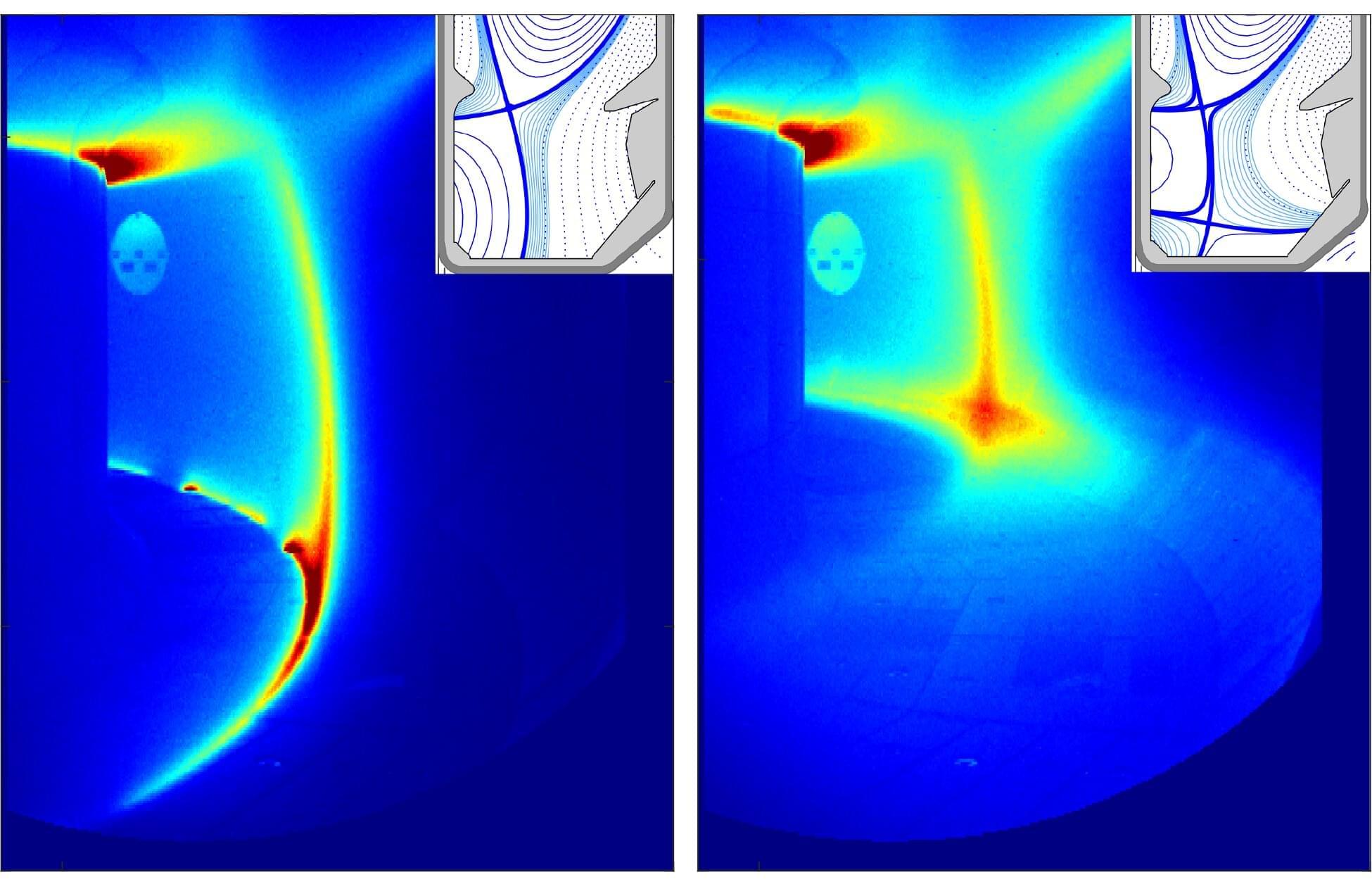Researchers at the Ragon Institute have made a significant discovery about how antibodies can directly enhance the body’s ability to fight Mycobacterium tuberculosis (Mtb), the bacteria responsible for tuberculosis (TB). Despite decades of research, TB remains one of the deadliest infectious diseases worldwide, with about 10 million new cases and 1.6 million deaths annually. Currently, there is no highly effective vaccine, highlighting the urgent need for new insights and treatments.
In a study published today in Immunity, Ragon faculty member Galit Alter, Ph.D. and previous post-doctoral trainee Patricia Grace, Ph.D., now at University of Pittsburgh, partnered with Bryan Bryson, Ph.D., associate member Sarah Fortune, Ph.D. and a team of collaborators, to collect the largest library of monoclonal antibodies to Mycobacterium tuberculosis (Mtb) the bacteria that causes tuberculosis.
The team identified specific antibody features that significantly limit the growth of Mtb. This research reveals critical new insights into how antibodies interact with immune cells in the lungs to restrict Mtb infection, laying the groundwork for potential antibody-based therapies or vaccines against tuberculosis, both of which are urgently needed.








